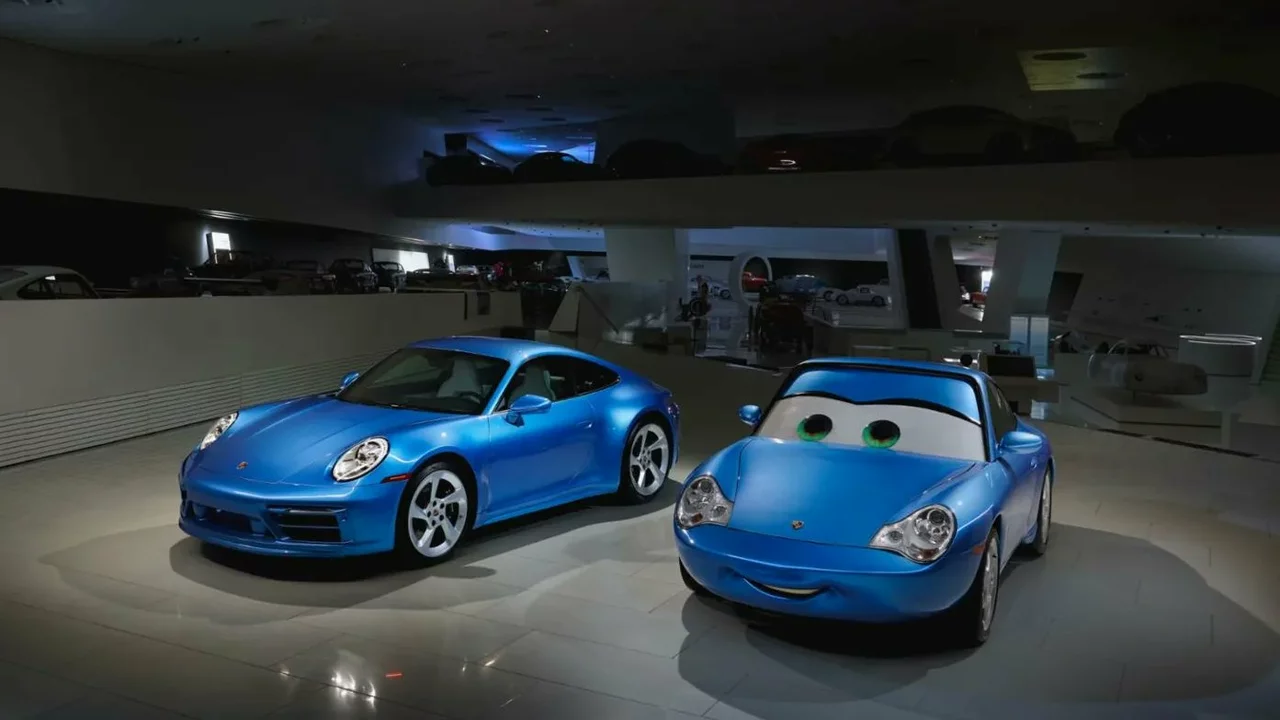Pixar's Cars Movies: What Makes Them Tick?
If you’ve ever cheered for Lightning McQueen or rolled your eyes at Mater, you know the Cars franchise has a special place in pop culture. It mixes fast‑lane excitement with simple life lessons, which is why kids and adults keep coming back. In this guide we’ll break down why the movies still spark conversation, why Cars 2 got so much heat, and what you can take away if you love cars for real.
Why the Cars movies still rev up fans
First off, the visual style is impossible to ignore. Pixar gave every car a personality, so even a rusty pickup can feel like a buddy you’d want to race. That visual cue helps viewers of any age connect instantly. Then there’s the soundtrack – classic rock, country twang and upbeat pop tracks keep the energy high, making every race feel like an event.
But it isn’t just about the looks or sound. The stories hit a sweet spot between big‑screen action and everyday lessons. Lightning learns humility, Mater discovers loyalty, and the whole world of Radiator Springs shows how a small town can thrive when people (or cars) look out for each other. Those themes translate well to real car lovers who know that a good vehicle is more than horsepower – it’s about community, maintenance, and trust.
Another reason fans stick around is the tie‑ins to actual car culture. The movies showcase iconic models – a 1969 Mustang, a vintage Chevy, even a sleek Porsche – which gives gearheads a chance to spot their dream rides on screen. Even if you’re not an enthusiast, the film’s respect for classic designs makes you appreciate the craft behind a well‑built car.
The controversy around Cars 2
When Cars 2 hit theaters, many fans felt it missed the mark. Instead of focusing on the beloved Radiator Springs crew, the plot zoomed into espionage, secret agents, and a new sidekick, Finn McMissile. For a lot of viewers, that shift felt like a cash grab – the movie leaned heavy on merchandise potential rather than heart.
Critics also called out the weak storyline. The emotional payoff that made the first film a hit was thin in the sequel. Lightning’s character growth stalled, and Mater’s slap‑stick humor became repetitive. Some fans argued the movie tried to please everyone: kids wanted action, adults wanted depth, but the result was a diluted experience.
Despite the backlash, Cars 2 isn’t a total loss. It introduced a cooler, more detailed look at spy tech, which some car buffs found interesting. The design of Finn’s sleek, black British sports car sparked discussions about real‑world performance models. Plus, the film’s global setting gave a broader view of car culture beyond American highways.
Bottom line: if you’re an adult fan who enjoys the original’s charm, you might still find a few gems in the sequel – especially the high‑octane chase scenes and the deep dive into vehicle design. Just don’t expect the same heartfelt story you got from the first two films.
Whether you’re here for nostalgic rides, insight into car design, or a quick laugh at Mater’s antics, Pixar’s Cars series offers something for every driver. Keep an eye on future releases, because the road ahead could bring new characters, fresh lessons, and maybe even a return to the small‑town vibe that made the franchise famous.
